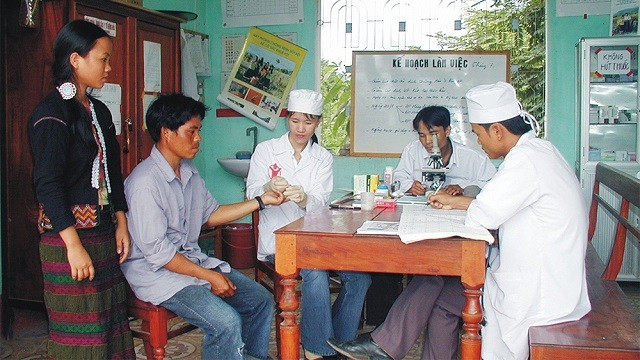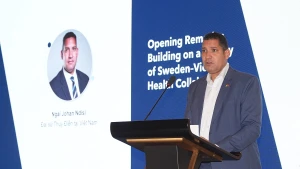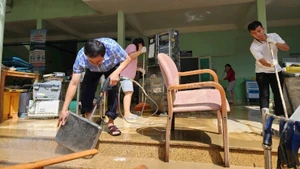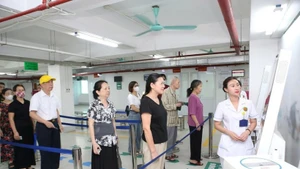The information was revealed by Assoc. Prof., Dr. Tran Thanh Duong - Director of the National Institute of Malariology, Parasitology and Entomology, as quoted from the People’s Army Newspaper.
For many years, during the implementation of the national malaria prevention programme, Vietnam has gradually deployed appropriate strategies to reduce malaria morbidity and mortality.
As a result, from over 1 million cases of malaria, with 4,646 deaths from malaria in 1991, the figures were significantly cut down to just 5,930 infected cases without a single fatality in 2019. Many provinces and cities have no longer witnessed the outbreak of malaria at all.
In 2019, Vietnam recognised malaria elimination in 25 provinces and cities, including 16 northern provinces, one central locale and eight southern provinces, namely Son La, Yen Bai, Lang Son, Quang Ninh, Bac Ninh, Bac Giang, Phu Tho, Vinh Phuc, Hanoi, Hai Duong, Hung Yen, Hai Phong, Thai Binh, Ha Nam, Nam Dinh, Ninh Binh, Da Nang, Tien Giang, Ben Tre, Dong Thap, An Giang, Vinh Long, Tra Vinh, Can Tho and Hau Giang.
Assoc. Prof., Dr. Duong said that the success was due to the attention and investment from the Party and State, as well as the participation of the governments and the community at all levels, combined with the devotion and efforts from medical staff under the meaningful support from international organisations.
Along with that, Vietnam has applied scientific advancements in malaria detection, diagnosis and treatment, as well as implementing active preventive measures, such as using artemisinin and its derivatives to treat plasmodium falciparum malaria in the 1990s, applying indoor residual spraying (IRS) and using insecticide-treated nets (ITNs) and long-lasting insecticide-treated nets (LLINs) as of recently.
To realise the goal of eliminating malaria by 2030, Dr. Duong emphasised that the local health and preventive medicine agencies need to strengthen timely surveillance, detection, diagnosis and treatment for malaria patients, while promoting communication to raise awareness regarding measures to prevent and combat malaria, especially for those who often work and sleep in forests.
He also affirmed the need to organise investigations in infected cases strictly in line with the set regulations, as well as zoning area with malaria parasites to thoroughly treat the source of the disease and supplying sufficient quantities of malaria medicines to the concerned health facilities.
















